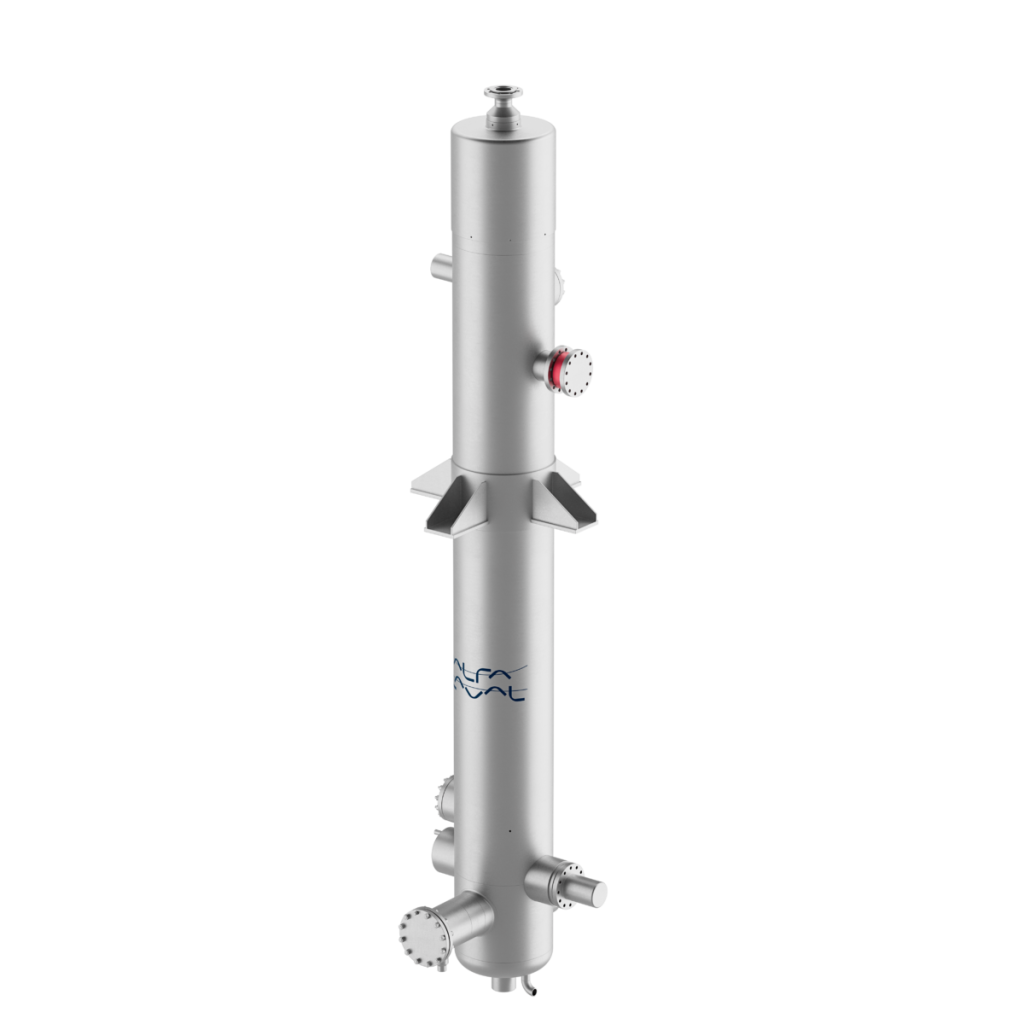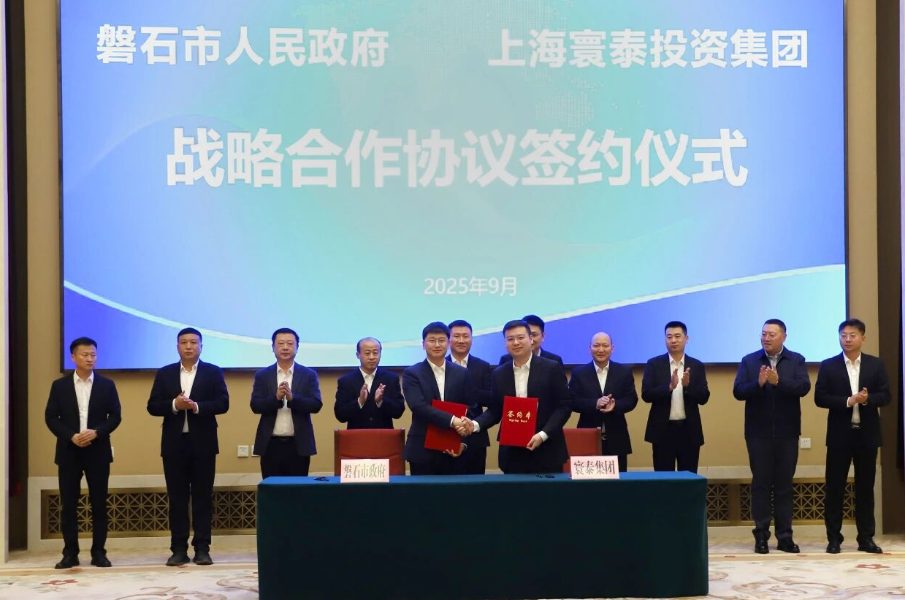Swedish heat exchange manufacturer Alfa Laval has introduced a new once-through steam generator (OTSG) designed for modular thermal energy storage systems. The single-pass steam boiler is intended for use in compact, molten salt–based energy storage applications.

“This OTSG, when integrated with an energy storage solution, is a perfect fit for photovoltaic power, as it can handle daily cycling,” a company spokesperson said. “Its compact design makes it ideal for modular thermal energy storage systems with small to medium capacities of 2 MW to 10 MW. One of its distinctive features is its ability to operate at very low loads during startup.”
The once-through steam generator is constructed from carbon steel, though other materials are available upon request. In its standard configuration, it can reportedly withstand temperatures up to 400 C and pressures up to 60 bar. A 2.5 MW unit has an outer diameter of 0.6 m and a length of 6.5 m, while a 10 MW unit measures 1.3 m in diameter with the same length.
The system consists of a pressure shell containing a helical coil bundle. Feedwater enters at the bottom and flows upward through the coil, where it is sequentially preheated, evaporated, and superheated, producing saturated or superheated steam at the outlet.
The heating medium – typically molten salt or thermal oil – flows on the shell side in the opposite direction, ensuring efficient counter-current heat transfer. The helical coil design provides a large heat transfer surface within a compact footprint and accommodates thermal expansion, reducing mechanical stress and improving fatigue resistance.
“The system combines the functions of an economizer, evaporator, superheater, and steam drum into a single, fully integrated shell—delivering high thermal performance, excellent reliability, and a minimal installation footprint,” the company said. “It also features an integrated water separation and recirculation system that enables stable operation at loads as low as 5%. This minimizes hold-up volume, reduces response times, and enhances overall system flexibility.”



